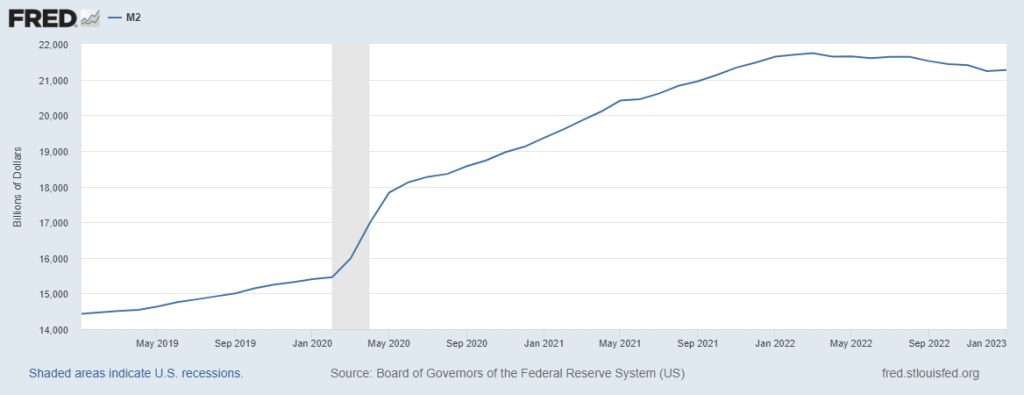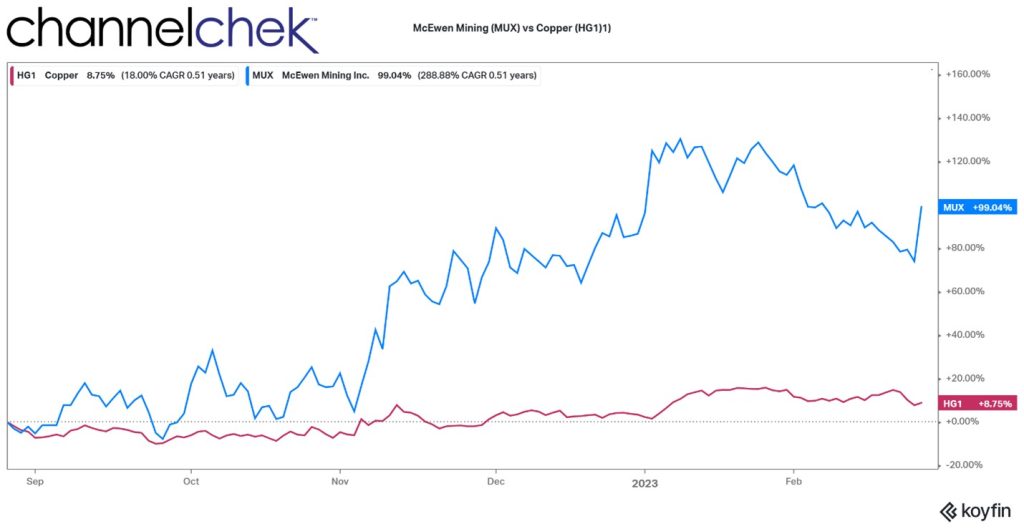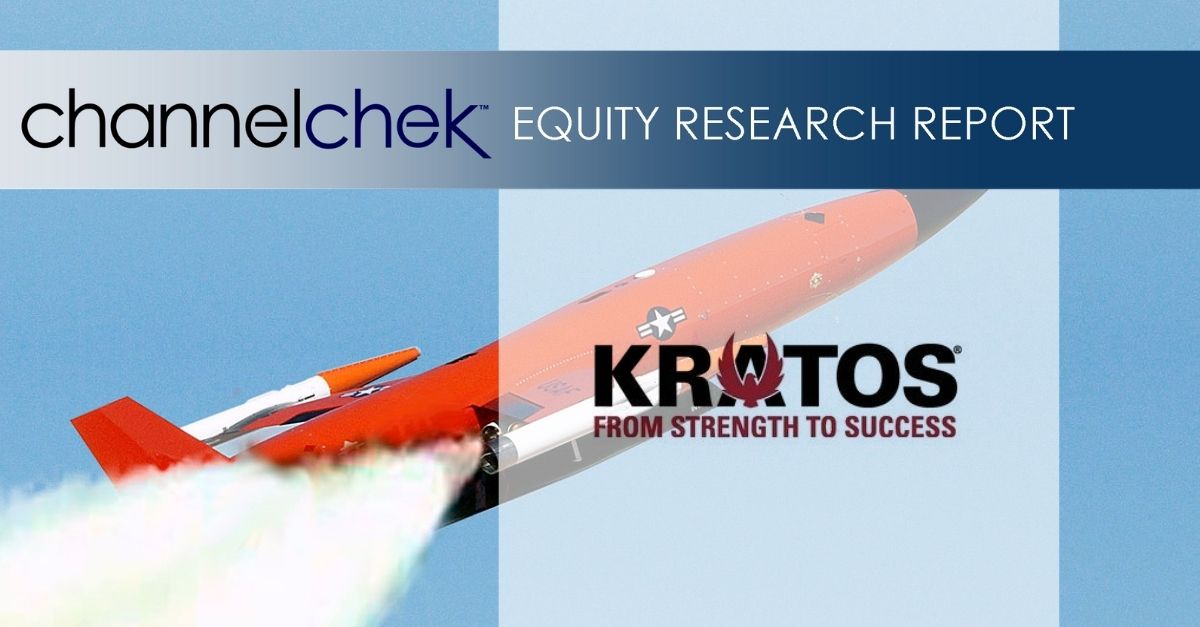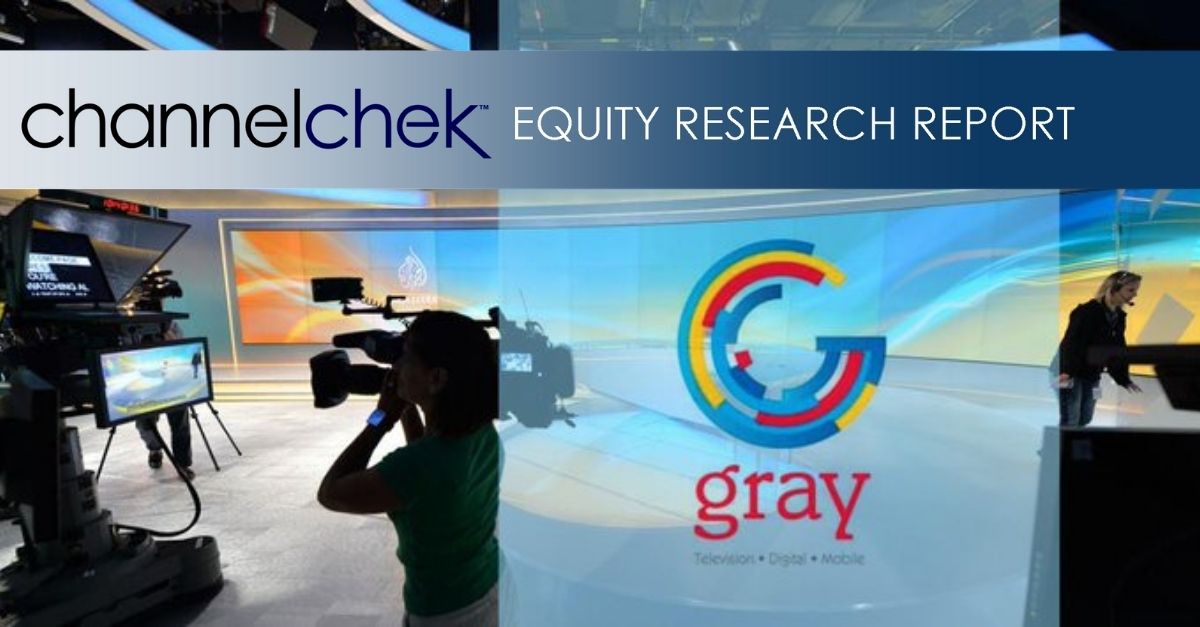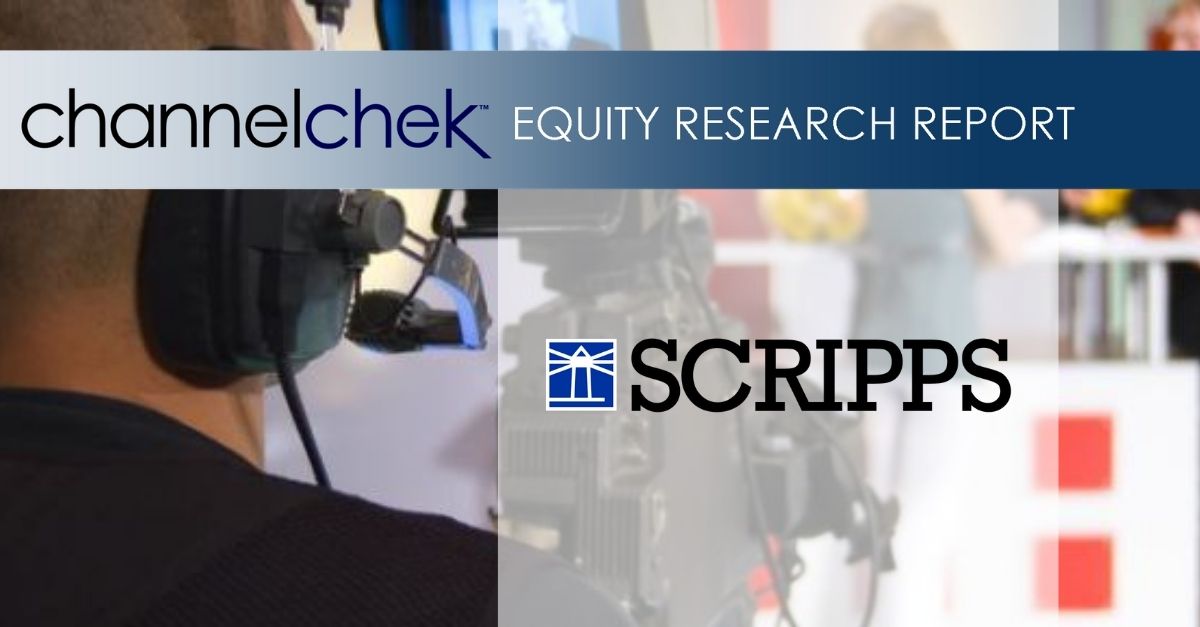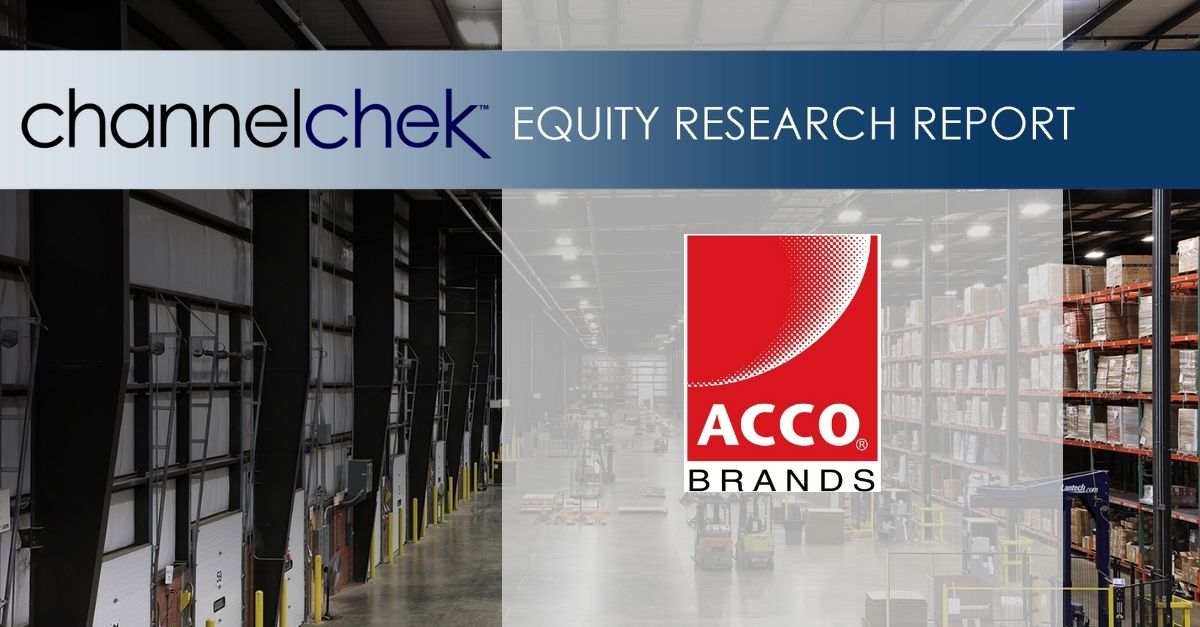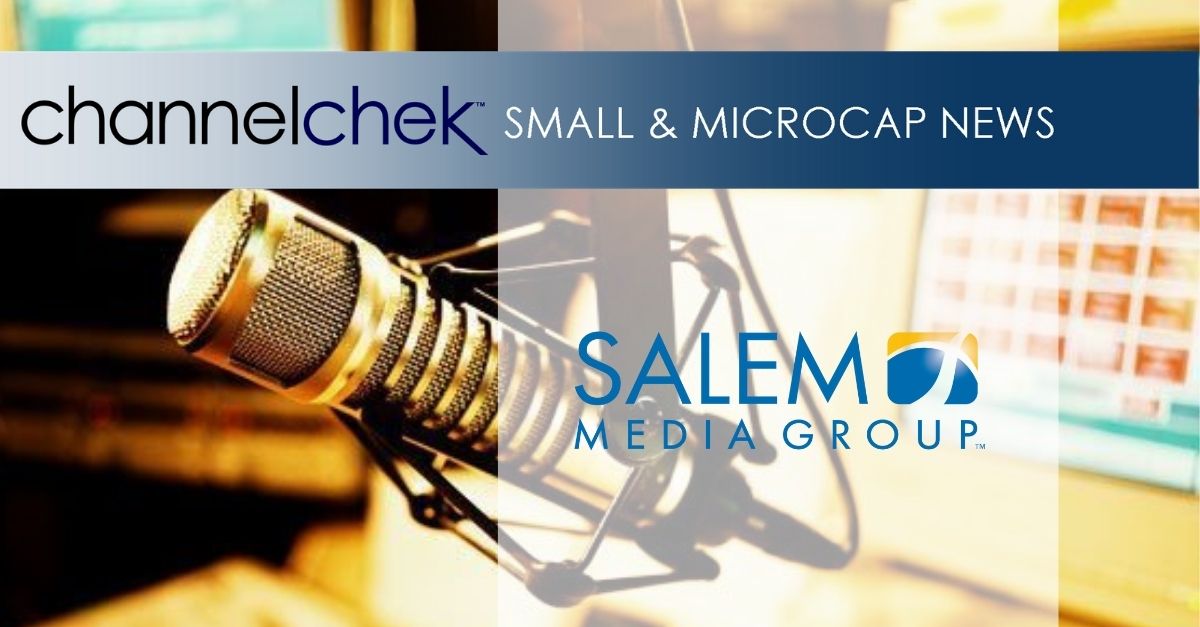Research News and Market Data on OCGN
February 27, 2023
MALVERN, Pa., Feb. 27, 2023 (GLOBE NEWSWIRE) — Ocugen, Inc. (“Ocugen” or the “Company”) (NASDAQ: OCGN), a biotechnology company focused on discovering, developing, and commercializing novel gene and cell therapies, biologics, and vaccines, today announced that it has submitted an Investigational New Drug application (IND) with the U.S. Food and Drug Administration (FDA) to initiate a Phase 1 clinical trial of OCU200, a fusion protein with a distinct mechanism of action (MOA), for the treatment of diabetic macular edema (DME). This regulatory milestone fulfills the Company’s commitment to file the IND for OCU200 within the first quarter of 2023.
“Today’s achievement is an important step towards fulfilling our mission to bring novel therapeutics to address limitations of the current standard of care or unmet medical needs in hard-to-treat blindness diseases,” said Dr. Arun Upadhyay, Chief Scientific Officer at Ocugen. “We are encouraged by the potential for OCU200 to provide a new treatment option for the significant percentage of people living with DME, including non-responders to the current standard of care.”
The planned Phase 1 clinical study will assess the unilateral intravitreal administration of OCU200 alone or in combination with an approved anti-VEGF therapy in participants with DME. This is a multicenter, open-label, dose-ranging study with 3 cohorts in the dose-escalation portion of the study and 1 cohort in the combination therapy portion of the study.
DME is one of the most common vision-threatening diseases occurring in people with diabetes and includes blurriness in vision and progressive vision loss as the disease progresses. Approximately 745,000 people in the United States are affected with DME, and this number is expected to further increase as the number of people with diabetes increases.
The Company intends to pursue additional indications for OCU200 to potentially treat diabetic retinopathy and wet age-related macular degeneration, which combined affect nearly 9.0 million Americans.
About Ocugen, Inc.
Ocugen, Inc. is a biotechnology company focused on discovering, developing, and commercializing novel gene and cell therapies, biologics, and vaccines, that improve health and offer hope for patients across the globe. We are making an impact on patient’s lives through courageous innovation—forging new scientific paths that harness our unique intellectual and human capital. Our breakthrough modifier gene therapy platform has the potential to treat multiple retinal diseases with a single product, and we are advancing research in infectious diseases to support public health and orthopedic diseases to address unmet medical needs. Discover more at www.ocugen.com and follow us on Twitter and LinkedIn.
About OCU200
OCU200 is a novel fusion protein consisting of human transferrin linked to human tumstatin. It exerts anti-proliferative, anti-inflammatory, and anti-oxidative effects by selective targeting to the retinal and choroidal tissues. OCU200 potentially showcases better bioavailability and tissue penetrance than tumstatin alone due to transferrin and provides distinct MOA binding through αVβ3 integrin pathways that can potentially reduce the number of injections for patients.
OCU200 can potentially be used for the treatment of diabetic macular edema, diabetic retinopathy, and wet age-related macular degeneration. These diseases, combined, account for approximately 10 million cases in the U.S.
Forward-Looking Statements
This press release contains forward-looking statements within the meaning of The Private Securities Litigation Reform Act of 1995, which are subject to risks and uncertainties. We may, in some cases, use terms such as “predicts,” “believes,” “potential,” “proposed,” “continue,” “estimates,” “anticipates,” “expects,” “plans,” “intends,” “may,” “could,” “might,” “will,” “should,” or other words that convey uncertainty of future events or outcomes to identify these forward-looking statements. Such statements are subject to numerous important factors, risks, and uncertainties that may cause actual events or results to differ materially from our current expectations. These and other risks and uncertainties are more fully described in our periodic filings with the Securities and Exchange Commission (SEC), including the risk factors described in the section entitled “Risk Factors” in the quarterly and annual reports that we file with the SEC. Any forward-looking statements that we make in this press release speak only as of the date of this press release. Except as required by law, we assume no obligation to update forward-looking statements contained in this press release whether as a result of new information, future events, or otherwise, after the date of this press release.
Contact:
Tiffany Hamilton
Head of Communications
IR@ocugen.com



